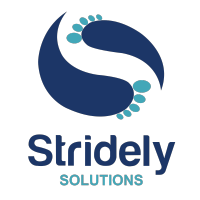Cloud & Innovation in the High Tech Industry: The Co-relation that you must think of

The Covid19 pandemic has caused a lot of business disruptions and questioned the resiliency of high-tech companies all over the world. According to HBR (Harvard Business Review) Analytics report, around 81% of the high tech companies have fastened their cloud-adoption schedules due to the pandemic.
Oracle Cloud – The Unskippable Necessity of Future-ready Businesses

Businesses, which need to become future-proof and always remain ahead of time, need to adopt cloud computing as this one move make them future-ready in many aspects. No wonder why cloud computing market is going to touch the mark of $161.39 billion by 2027.
SAP S/4HANA with Intelligent RPA: Advantageous are Uncountable!

SAP S/4 HANA is already going a great job in streamlining business processes and with the launch of RPA, it has become more competent and powerful as vendors are going to uses a set of prebuilt bots for tons of tasks.
Guide to Building AI solutions with Microsoft AI Builder

These days, organizations around the globe are experiencing unmatched levels of complexity, in terms of diverse supply chains, growing customer expectations, and expanding digital demands. And to grow and succeed in this fast-paced world, organizations are looking for new strategies and courses of action to generate business value.
The New Feature in SAP S/4HANA Capacity Planning or Management, how it works and how can it benefit your Enterprise?

There are tons of things and processes which can be streamlined to their maximum extent by using the SAP S/4HANA module and capacity management is amongst them. Seeing the changing needs of this domain, the SAP’s Enterprise Resource Planning module has gone through minor changes and got the addition of few features. What are they? Will they make any difference?

